
Creating an Artist Portfolio: A Guide to Building a Winning Portfolio In 2023


As an artist, having a portfolio is essential in order to showcase your work and build connections with potential clients or employers. An artist portfolio can help set you apart by demonstrating your talent and expressing your creative vision.
However, the process of creating a portfolio is often daunting to many artists. Imagine this situation: You’ve just decided to start earning from your art and now you’re ready to take the big step into the professional art world, but you have no way of showing off all the great pieces you’ve made. You start searching for ways to create a portfolio that will make people take notice, but where do you even begin?
Creating an artist’s portfolio is a critical part of entering the professional art world. It’s important for artists to show their unique perspective on their work as well as demonstrate technical skill and creativity.
Your portfolio should be more than just images; it should also include descriptions of each piece, information about your background and experience as an artist, and any awards or recognition you’ve received for your artwork.
Put yourself in the shoes of those viewing your work – what would capture their attention? You want to make sure that when someone looks through your portfolio, they get a sense of who you are as an artist and what type of work they can expect from you in the future.
So if you want to create a winning artist portfolio in 2023. You have come to the right place. So keep on reading to learn about how to create your artist portfolio in detail.
How To Create A Winning Artist Portfolio
What To Include In Your Artist Portfolio
The first step in creating an artist portfolio is to know what to include in it. Creating an effective portfolio is essential for any artist looking to showcase their work, build a career, and make meaningful connections with prospective clients and employers.
However, many emerging artists don’t know what should be included in their artist portfolios or how to create one that accurately reflects their skills and talents. By understanding the basics of portfolio composition, you can ensure that your artwork makes an impact and stands out from the competition.
1- Include Your Resume or CV
The first thing to include in your artist portfolio is your resume or CV because your resume or CV should outline your professional accomplishments and any relevant education or experience in the art world; this helps potential patrons understand your level of expertise.
2- Include Your Work samples – paintings, drawings, sculptures, etc.
When it comes to selecting work samples for inclusion in your artist portfolio, it’s important to choose pieces that clearly demonstrate your skill level and unique style. It may be hard to narrow down which works to include, but remember: quality is more important than quantity.
3- An artist statement that explains your work and why you create art
Finally, An artist statement should also be included so that viewers can understand the context in which your work was created and what motivates you to continue creating artwork. This statement gives potential patrons a window into your creative process and can help them better appreciate what they see in your portfolio.
4- Include Your Achievements
In addition to these key components of a portfolio, you may also want to consider including images of installation shots or documentation of past exhibitions; this will show potential employers that you are able to professionally handle large projects and have experience exhibiting artwork in public spaces.
If you have any press coverage (e.g., articles written about you or interviews conducted), adding those materials can also be beneficial since they provide further evidence of accomplishment and recognition within the art community.
5- Include Contact Information
You may also decide to include contact information such as email addresses or social media handles; this makes it easier for potential employers/patrons to reach out with questions or commission requests if they are interested in viewing more of your work online.
6- Proofread Everything
When putting together an artist portfolio it is important to choose pieces that are representative of the type of work you are most passionate about because this will give viewers insight into who you are as a creative. Finally, once all of the components have been assembled, make sure to proofread everything so that there are no grammatical errors or typos present in the documents. With all these elements combined into one comprehensive portfolio, you will be well on your way to achieving success as an artist!
How To Format Your Artist Portfolio
The next step is to know how to format your artist portfolio to make it more effective and professional. Because an artist’s portfolio is an essential part of any professional artist’s career, as it acts as a representation of their work and abilities. It should be well-crafted, organized, and contain only the best quality work. When curating your portfolio, it’s important to adhere to certain formatting guidelines which will help ensure that your work stands out from the competition.
Select a Theme: When formatting your portfolio, it’s important to begin by selecting a theme or style that accurately reflects your vision and aesthetic. This could include choosing a font size, colour scheme, imagery, etc., that makes your work stand out in a unique way.
Select the Best of Your Work: Additionally, think carefully about what content should be included in the portfolio – select only the best pieces of artwork that showcase your skills and strengths as an artist. When organizing the visuals within the portfolio, consider grouping them into sections based on mediums or themes to create uniformity and cohesion throughout.
Furthermore, the sequence in which each piece appears should also be considered – make sure the organization allows viewers to experience a logical progression when viewing each art piece in order from first to last.
In addition to physical visuals like photographs or sketches for 2D artworks, multimedia elements such as videos or animations can also be included in online portfolios to provide more dynamic insight into an artist’s practice.
Include Details: Including succinct descriptions along with visual works can help provide visitors with extra context while engaging on a deeper level with each artwork they view. Finally, once everything is ready for publication – share it with contacts from social media platforms like Facebook, Pinterest or Instagram – this will help boost the exposure of your portfolio among potential employers and other artists alike.
Where To Showcase Your Artist Portfolio
Once your portfolio is complete the next step is to know where to showcase your portfolio to get it exposed to as many people as possible. Because an artist’s portfolio is a great way to showcase the breadth and depth of an artist’s work.
There are many platforms out there for artists to show off their art, such as websites, social media accounts, galleries, and exhibitions. When considering which avenue to take in showcasing an artist’s portfolio, it is important to consider the type of art being represented.
For example, if the portfolio consists of paintings or drawings then a website or gallery would be an ideal option; while photographers may want to consider using professional photography portfolios or an online marketplace like 500px.
Additionally, another important factor to consider when deciding on the best platform for showcasing artwork is audience engagement and reach. On social media sites like Instagram and Twitter, artists have the potential of garnering a larger following and engage with more people than on a traditional website or in a gallery.
It also allows for two-way communication that can be taken advantage of through contests, giveaways and collaborations.
Furthermore, exhibiting work within galleries or museums is another viable option that provides artists with the opportunity to gain recognition within their local arts scene as well as make connections with curators. Ultimately, whatever avenue is chosen to present artwork should enable an artist to engage directly with viewers and represent their work in the most effective manner possible.
Tips for Presenting Your Work in Person
As an artist, presenting your work in person is one of the most rewarding experiences. It’s an excellent opportunity to engage with people who are interested in what you have created, allowing you to share the story behind your artwork. It also gives you a chance to learn more about their reactions and feedback.
- When preparing for a presentation, ensure you have all the necessary materials, such as digital or physical copies of your work, promotional materials like business cards or flyers, and other items related to the project. Additionally, depending on the level of interaction you expect from attendees, you may consider having interactive activities prepared ahead of time.
- Always take extra care of your presentation style and try to add some personal touches when possible. For instance, if relevant, you may include elements of your own background story or anecdotes about how certain pieces came into being. This helps attendees understand your creative process and allows them to connect with you deeper.
- In addition to telling stories about yourself and your work, it’s important for you to be able to articulate why each piece is meaningful and worth consideration. Whenever possible, try to provide context around the artistic concept so that attendees can easily follow along with what you are presenting. This often takes extra research ahead of time but proves worthwhile in terms of audience engagement during the presentation itself.
Overall, presentations open up many doors for artists in terms of potential collaborations or opportunities for further recognition — not just locally but also nationally or internationally. As such, it pays off greatly for artists when you pay close attention to detail during our presentations and strive for excellence in both content and delivery style.
What to do if you don’t have any finished artwork yet
Now that I have shared with you how to make your artist portfolio, how to format it and how to present but, what if you want to create a portfolio and don’t have any finished work?
Then don’t worry because If you don’t have any finished artwork yet and need to create a portfolio, there are still plenty of options available.
Create a collection of sketches and Doodles:
To start, you can create a collection of sketches and doodles that you’ve created. It’s essential to showcase your creative process as it shows potential employers or clients that you’re conscious of the journey it takes to create work rather than just the final product.
Polish Your Skills:
You can also look into taking classes or tutorials online to gain new skills and demonstrate your dedication to learning. Additionally, practising on projects that are not necessarily for display is beneficial when building a portfolio; this way, you can experiment with techniques and develop further understanding without having to worry about producing something for the show.
Opt for Freelancing:
Doing freelance design work for other people is also an option if time allows- this will give you more opportunities to refine your craft and add some professional pieces to your portfolio.
Document Everything:
In all cases, it’s important to be sure to document what you’re working on to keep an updated record of your development. With patience and effort, creating a well-rounded portfolio from scratch is possible.
In the end, Always remember that creating an artist’s portfolio is a valuable asset for any artist and one of the most essential steps to building a successful art business. And it takes time and patience to develop your portfolio, but if you do it right, you can create something truly special that will help you stand out in the marketplace.
Also, building an effective portfolio requires knowledge, creativity, and hard work. You need to identify your strengths and weaknesses and then showcase them in a way that demonstrates your unique style. So, don’t be afraid to experiment with different media, styles, or techniques so that potential clients get a good feel for what you’re capable of doing. And trust me, with patience and dedication; you can create an incredible artist portfolio that will take your art business to the next level.
Are you an emerging artist looking to take your portfolio to the next level?
Arts To Hearts Project
Art Publication & Creative community
Get actionable advice and constructive suggestions to make your art stand out. Sign up today!
With that, if you are an artist who wants their work to get published in a book, then do look at the latest opportunity for artists Studio Visit Book Vol. 1, and I will see you again with the following article till then, keep creating the magic that you do. Have a Happy week ahead. Take Care and Goodbye!
Image Source:
https://weheartit.com/entry/174586345?context_set=146618923-pinterest&context_type=collection
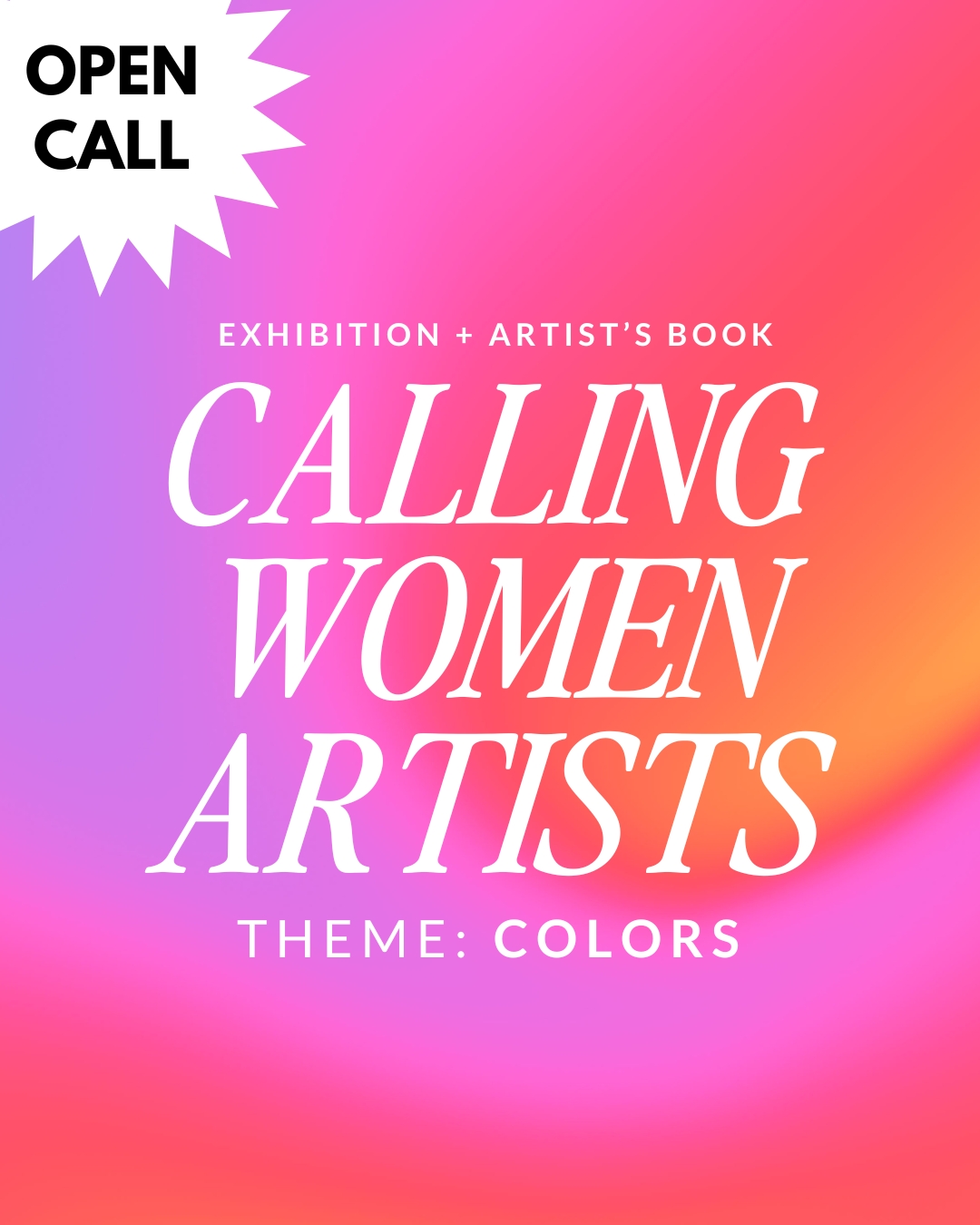
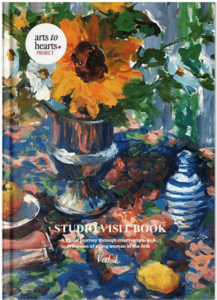








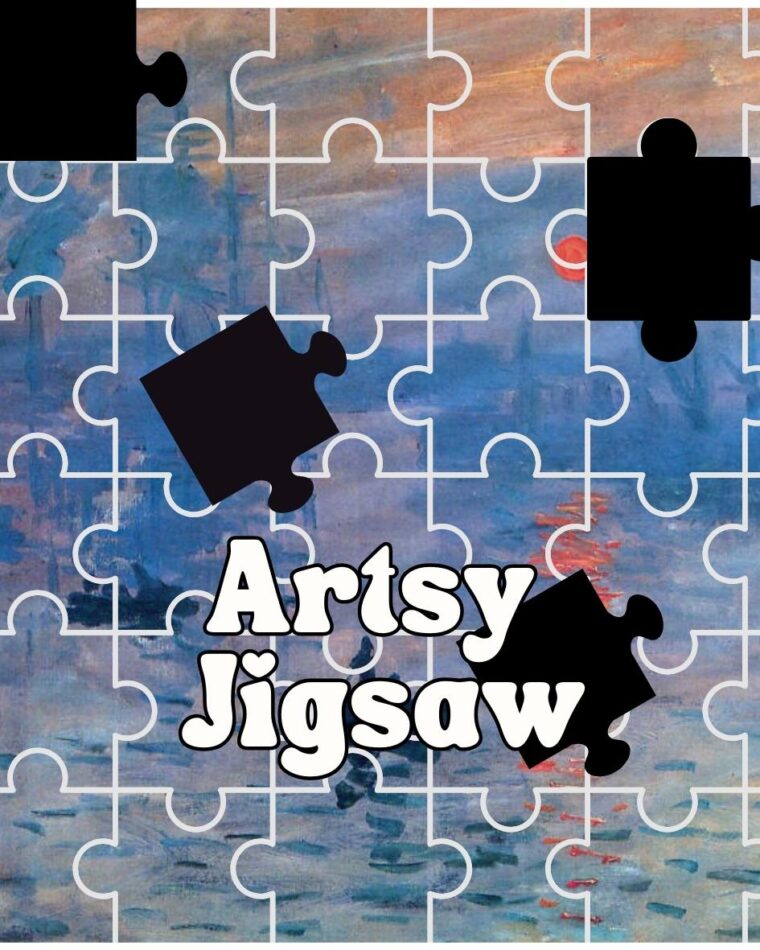
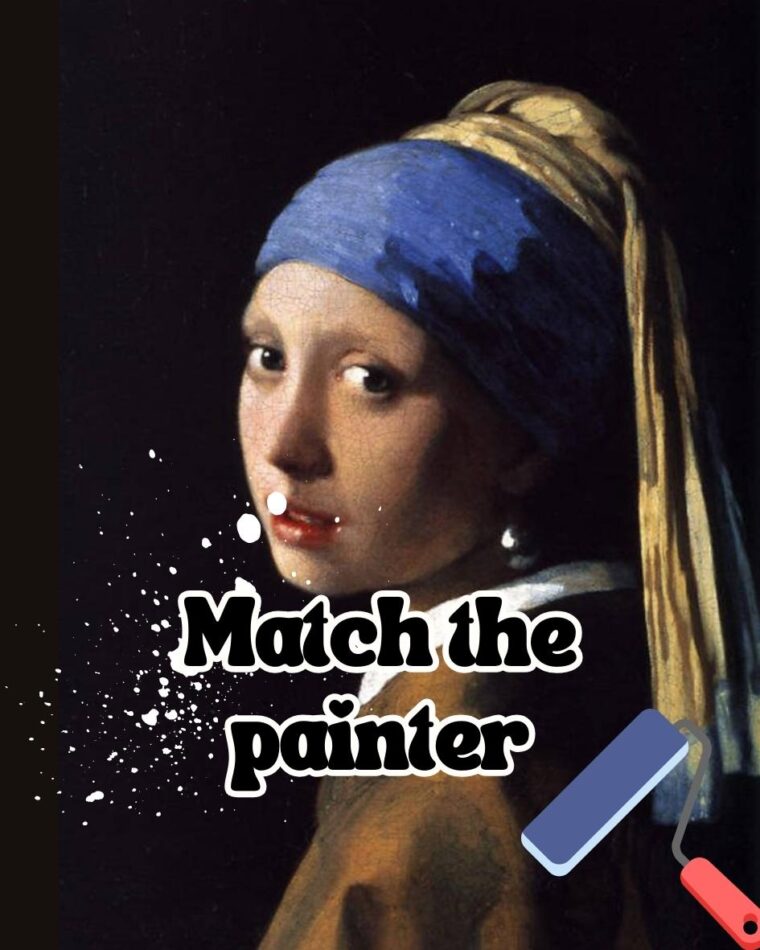
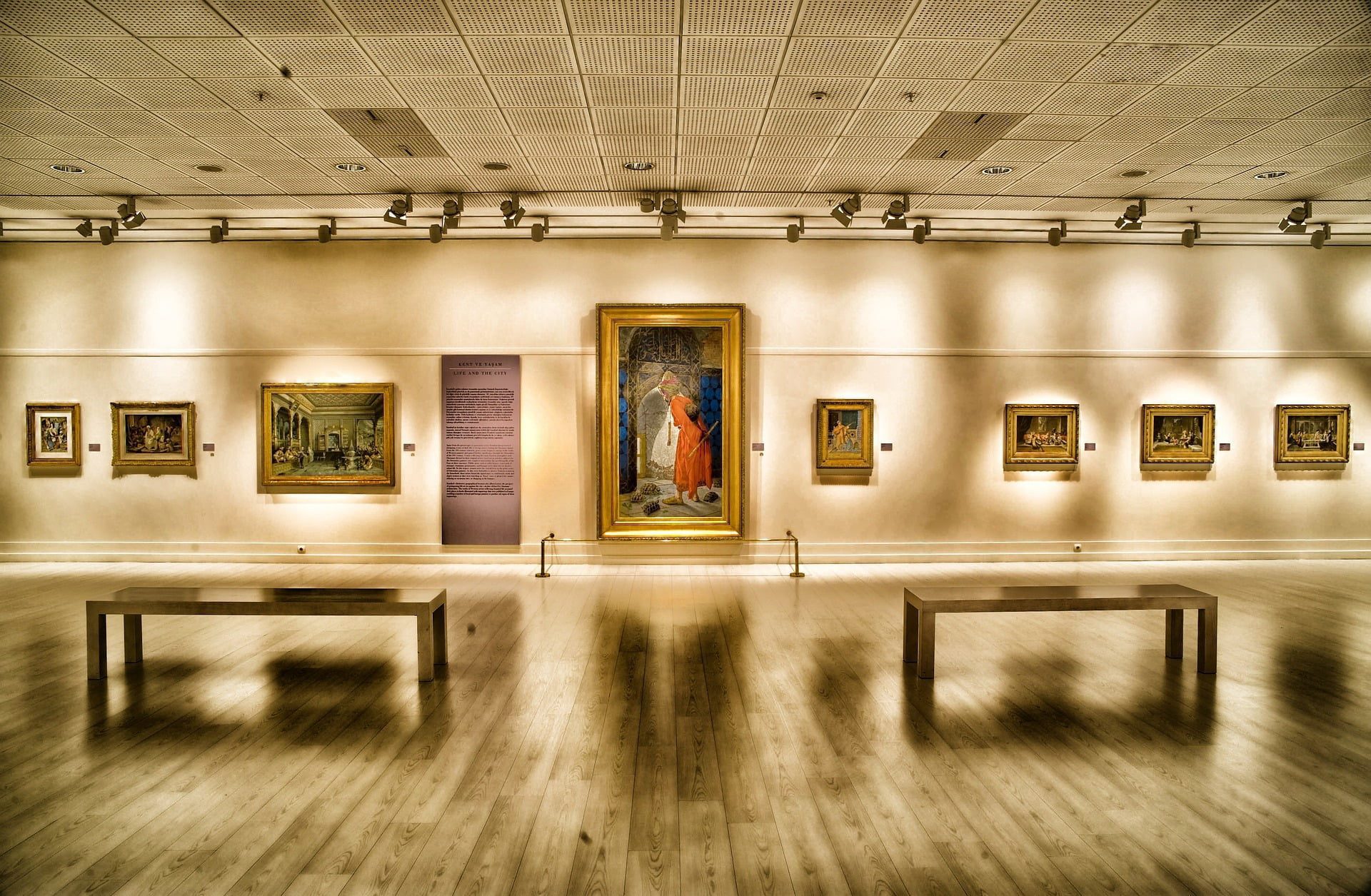




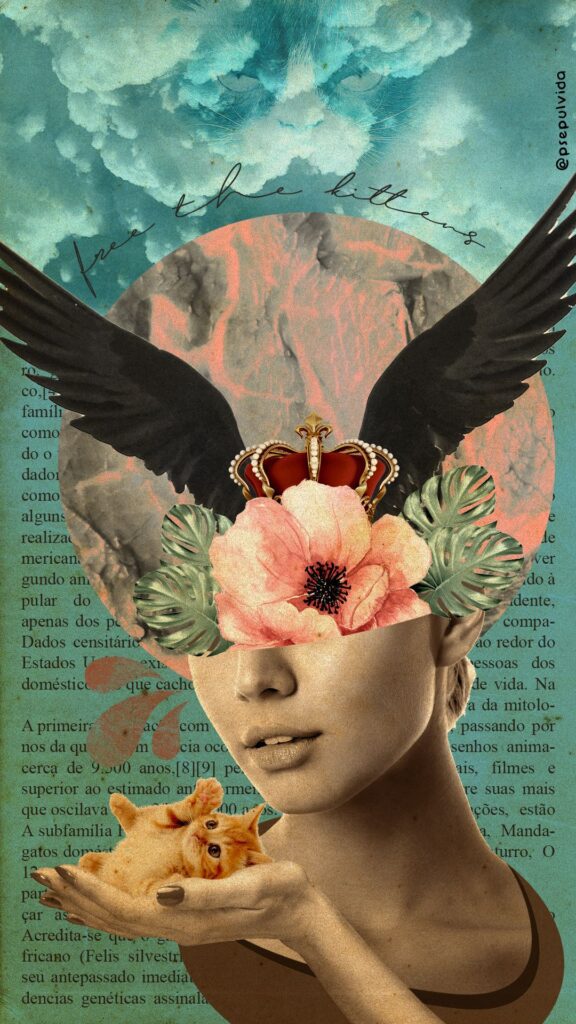
Comments 1